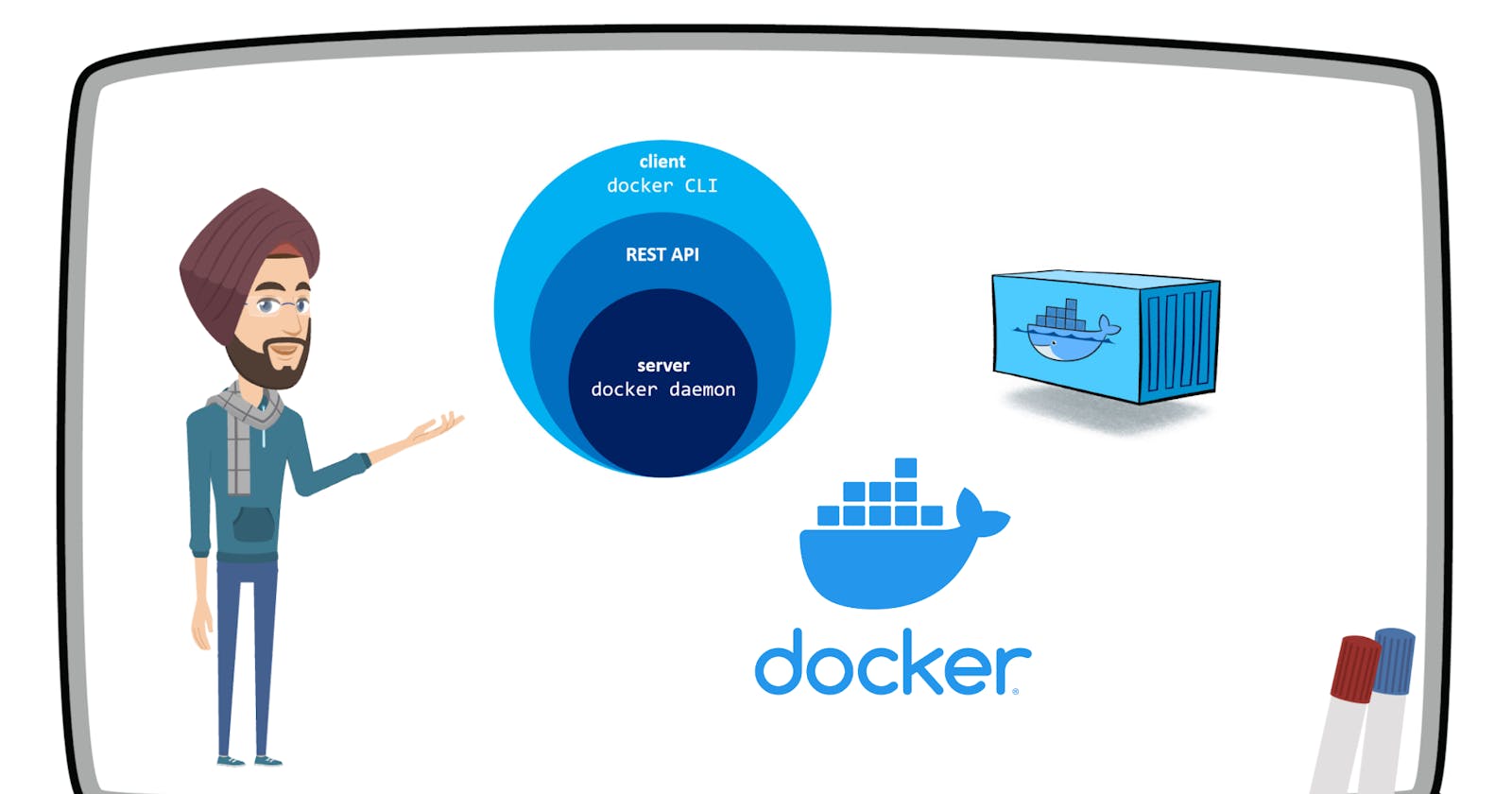Mastering Docker Desktop Fixes: A Windows User’s Guide to Starting Successfully
Mastering Docker Desktop on Windows can streamline your development workflow, allowing you to build, share, and run containerized applications smoothly, which is why Docker Desktop is a Must-Have. However, navigating through common issues during setup and daily use can be a hurdle. This guide aims to arm Windows users with solutions to frequent Docker Desktop challenges, ensuring a successful start and efficient operation.
Getting Started with Docker Desktop on Windows
Docker Desktop for Windows leverages Windows Subsystem for Linux 2 (WSL2) or Hyper-V to run containers, offering a native experience. The choice between WSL2 and Hyper-V largely depends on your Windows version and preferences, with WSL2 being the recommended option for its performance and integration features.
Installation Prerequisites
Windows Version: Ensure you're running Windows 10 Pro or Enterprise (Build 15063 or later) or Windows 11, as Docker Desktop requires Hyper-V support, which is not available in Home editions.
Enable WSL2 and Hyper-V: Before installing Docker Desktop, enable WSL2 (Windows Subsystem for Linux 2) and Hyper-V features from the Windows Features panel or using PowerShell commands.
Download Docker Desktop: Download the latest version of Docker Desktop from the official Docker website to get started.
Common Issues and Fixes
1. Installation Failures
Problem: Installation might fail due to incompatible Windows versions, missing updates, or disabled Hyper-V/WSL2.
Fix: Verify your Windows version and ensure all system updates are applied. Enable WSL2 and Hyper-V if not already done. Restarting your system after these changes is also a good practice.
2. Docker Desktop Won't Start
Problem: Docker Desktop may fail to start due to issues with the WSL2 backend or conflicts with antivirus software.
Fix: Ensure the WSL2 feature is properly installed and updated. Check for conflicts with your antivirus or firewall settings. Sometimes, a simple restart of the Docker Desktop service or your computer can resolve startup issues.
3. Container Networking Issues
Problem: Networking problems, such as containers not being able to access the internet or each other, are common.
Fix: Check Docker's network settings in the Docker Desktop dashboard. Resetting Docker's network settings to default or configuring custom network settings can often resolve these issues.
4. Performance Optimization
Problem: Docker Desktop may consume significant system resources, affecting performance.
Fix: Adjust Docker's resource allocation in the settings (CPU, Memory, Disk). Switching to WSL2 if using Hyper-V can also improve performance due to its more efficient architecture.
5. Volume Mounting Issues
Problem: Difficulty in mounting volumes, especially with file system permissions or paths not recognized by WSL2.
Fix: Ensure paths are correctly specified and accessible to Docker. Adjust file system permissions as needed. Using Docker Compose can also simplify volume mounting configurations.
Tips for Success
Stay Updated: Regularly update Docker Desktop and your Windows system to benefit from the latest features and fixes.
Leverage Docker Hub: Use Docker Hub to find official images, which can save time and ensure you're working with secure, well-maintained containers.
Use Docker Compose: For multi-container applications, Docker Compose simplifies configuration and management.
Explore Docker Documentation: Docker's extensive documentation offers guides, tutorials, and troubleshooting tips that are invaluable for mastering Docker Desktop on Windows.
Conclusion
Mastering Docker Desktop on Windows involves understanding its dependencies, such as WSL2 and Hyper-V, and knowing how to troubleshoot common issues. By following this guide, you'll be better equipped to overcome initial challenges and make the most of Docker Desktop's capabilities, enhancing your development and deployment processes.
